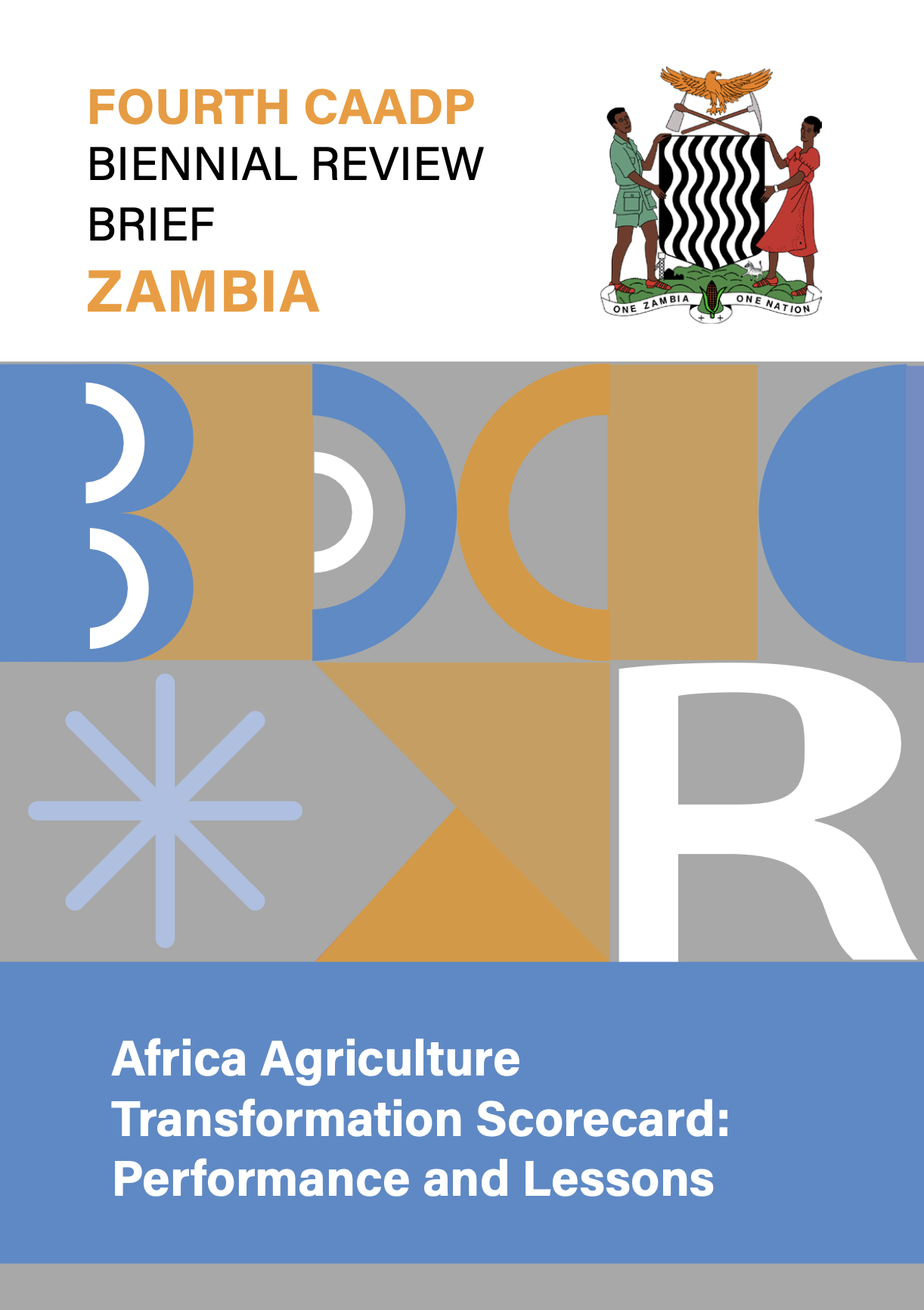Trade Competitiveness Among COMESA Countries in Agricultural Commodity Exports
AUTHOR
Paul Guthiga, Maurice Ogade, Joseph Karugia, Silas Ongudi and Lydiah Mugweru
SERIES NAME
ReSAKSS Working Paper
YEAR
2019
ABSTRACT
This paper uses trade data from the COMESA statistical database covering 19 countries covering the period 1997 to 2013 to analyze the trade competitiveness of selected agricultural commodities traded among COMESA member states using the revealed comparative advantage (RCA) methodology. The computed RCA indices showed that countries in the COMESA region had fluctuating advantages in trade in different food staples over the years. The highest positive RCA indices include; bovine meat and cassava (Kenya and Uganda), live bovine animals (Kenya), maize grain (Uganda), tomatoes (Ethiopia, Madagascar), fish (Eritrea), cassava (Kenya, Ethiopia, Malawi and Uganda) wheat flour (Zambia), Onions (Madagascar) and dry legumes and pulses (Malawi). The results of the study can inform policy discussions on how integration through specialization and trade envisaged in the COMESA Treaty can be realized. The fluctuating RCA indices from year to year reflect weather- dependent agricultural production systems. This means that individual countries’ competitiveness fluctuates year to year depending on weather. To address the observed fluctuation in RCA indices countries should invest in production systems that are less weather-dependent, such as irrigated agriculture. Countries also need to promote drought-resistant and drought-tolerant crop varieties and early warning systems.
PUBLISHER
International Food Policy Research Institute (IFPRI)



